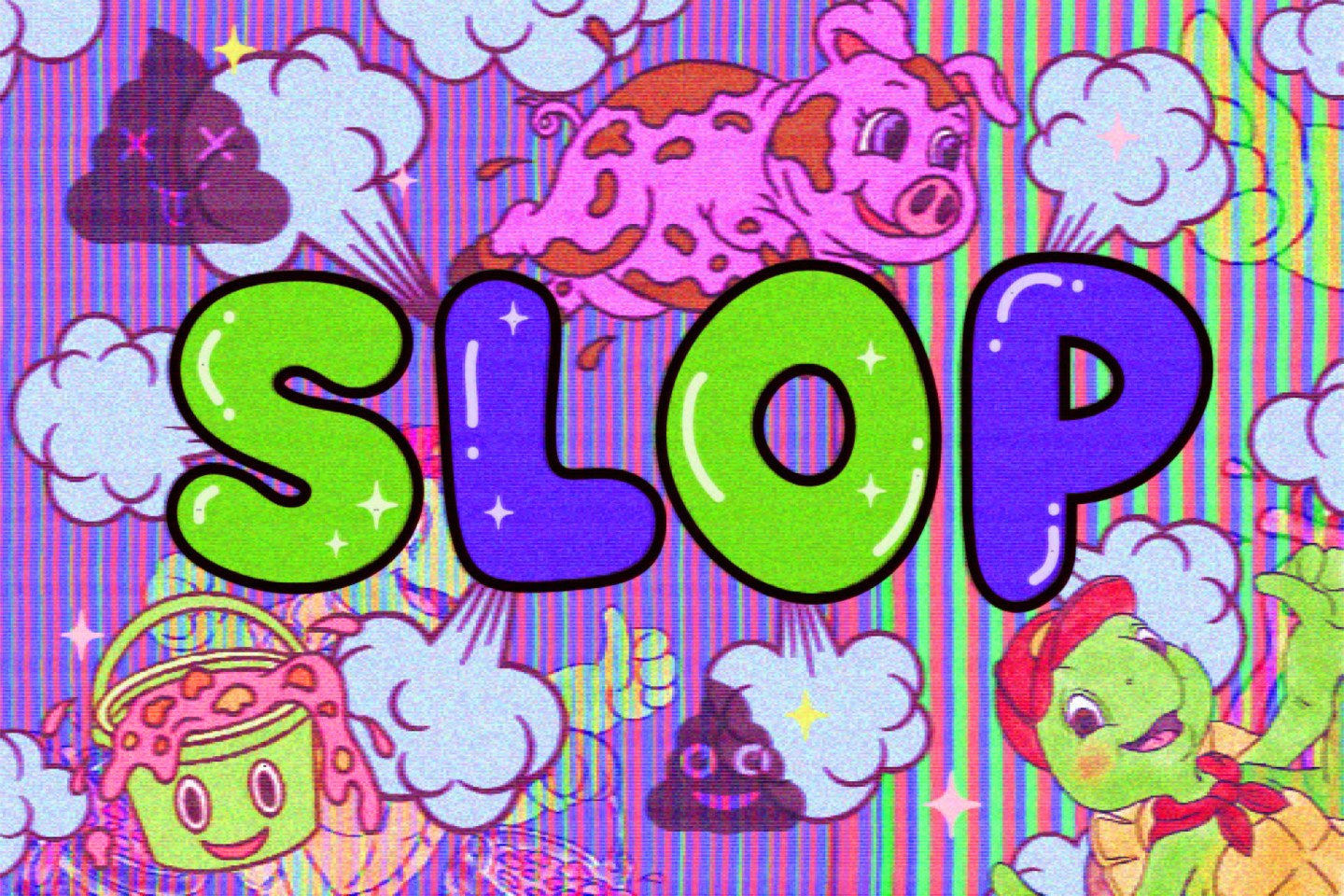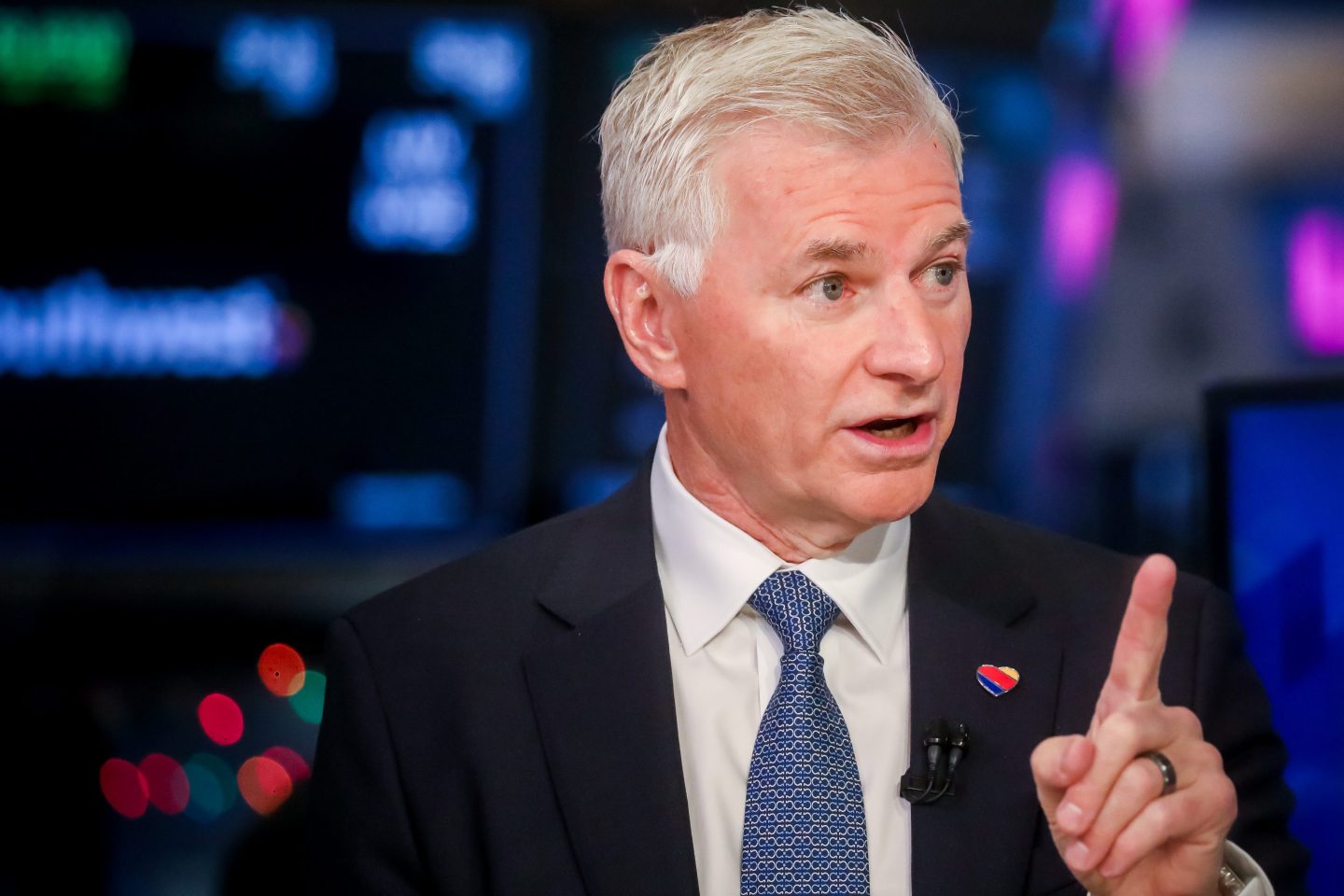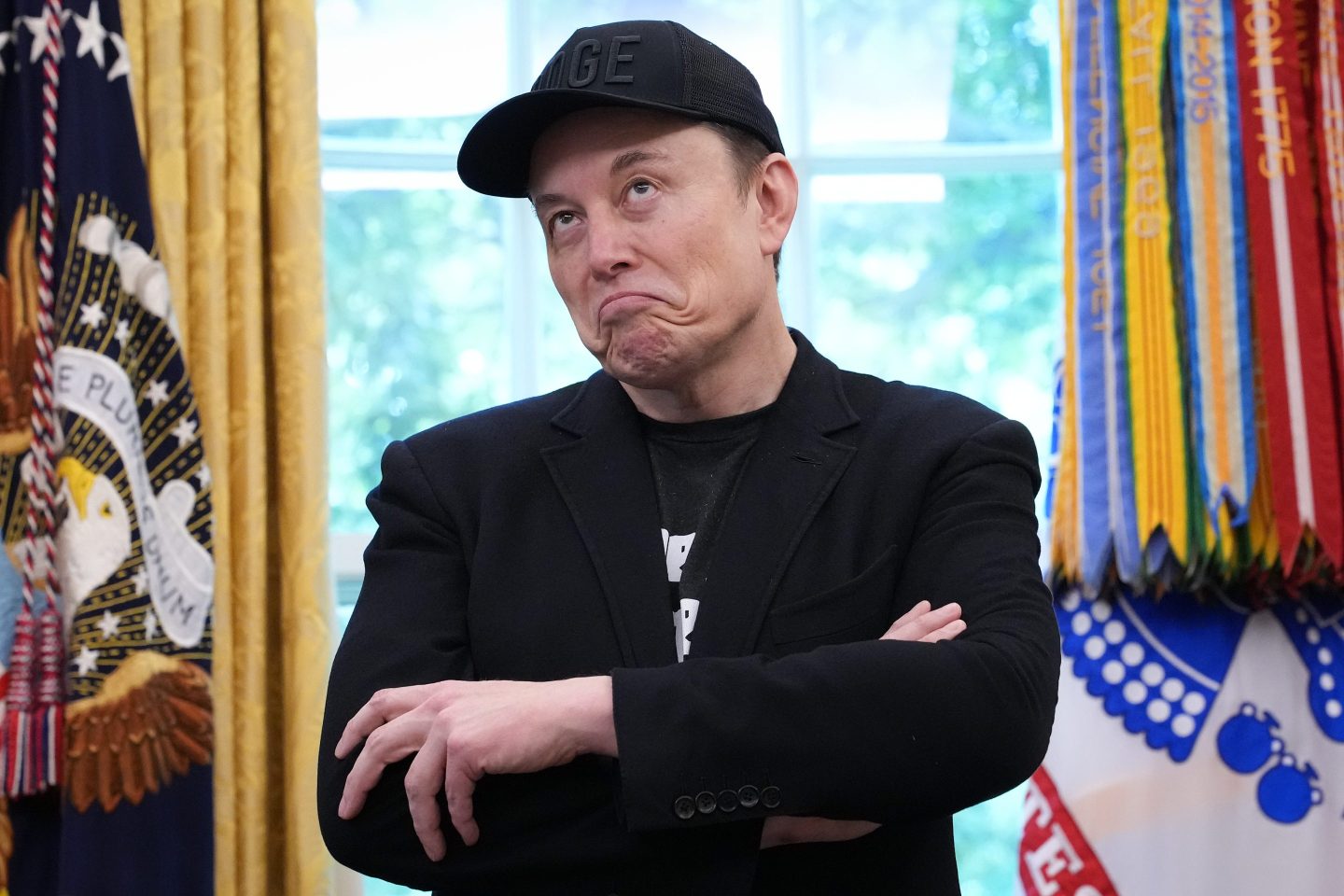Starbucks CEO Brian Niccol confirmed the coffee giant is deeply immersed in artificial intelligence (AI) experimentation, revealing details about internal systems designed to assist staff in real time and pointing toward a future where the Starbucks app may soon anticipate customer orders before they are even placed.
Speaking at Dreamforce, Salesforce’s annual technology gathering in San Francisco, Niccol emphasized that while Starbucks is currently focused on learning and experimentation within the AI space, the technology is already helping the company execute its goal of becoming the “world’s greatest customer service company again.”
The most impactful AI development currently at scale within the company is a tool known as the “green dot,” which acts as a “kind of barista assistant.” This internal system is crucial for helping store leaders manage daily operations. If a partner encounters a problem with equipment or needs guidance on “how to build a certain drink,” the green dot uses AI to quickly deliver the right answer or solution. A representative for Starbucks told Fortune that green dot was piloted beginning in June and has been rolling out more widely since then.
Despite the advancements in artificial intelligence, Niccol was quick to squash any notions of a fully robotic staff, saying “we’re not near that right now” and emphasizing that Starbucks has been focused on putting “more partners back into our stores to give people a great, not robotic” experience rooted in “real craft.” Instead, AI is being leveraged to unleash productivity and help human employees accomplish tasks more quickly and efficiently.
Behind-the-scenes sequencing
A key component of how AI assists baristas with making coffee in real time and reducing service friction is a behind-the-scenes technology called “smart Q.” This system addresses the operational “chaos” that previously existed when orders—which can come from four different access modes: drive-thru, delivery, mobile order pickup, and the counter. When he arrived at Starbucks, Niccol said he found that orders were “all first in first, out—it created a lot of bottlenecks,” and that’s what he’s been working hard to remedy.
Smart Q works to smooth out these bottlenecks by prioritizing the correct order at the optimal time. The goal is speed and accuracy: to ensure that drinks are delivered in under four minutes for in-cafe or drive-thru customers, and on time for mobile orders. Customers may also see evidence of this system via digital screens that display the order status as “received,” “in progress,” or “ready,” which helps customers track their drink’s progress.
Predicting the future and frictionless ordering
Looking ahead, Niccol identified the Starbucks app as a major focus for future AI integration, particularly in terms of predicting customer orders. Currently, the app offers a seamless feature allowing users to select their most recent order. However, the CEO sees a real opportunity to iterate on this feature, making the ordering process “even faster [and] even more seamless.”
Niccol said he envisions a future where friction is entirely removed from the experience, potentially integrating AI-driven systems so seamlessly that customers might not even need to open the app. He suggested that a user could simply talk into their phone, saying, “Hey I need my Starbucks order I’ll be there in 10 minutes,” and the drink would be ready upon arrival. This ability to be more “anticipating what we know you’re going to order,” along with the implementation of voice ordering, is where the brand plans to utilize AI to enhance personalization and speed.
These AI initiatives are part of the larger strategic shift under Niccol, who took the CEO role over a year ago. The company is shifting its primary focus from efficiency and tasks to a renewed emphasis on delivering an exceptional customer service experience, ensuring that baristas are well-equipped to deliver personalized drinks. For instance, in July Niccol called time on a strategy emphasizing less personal interaction and more mobile-only pickup locations, pivoting toward a return to the “third space” made famous under legendary Starbucks CEO Howard Schultz. Niccol doubled down on the strategy with a $1 billion restructuring plan in October.
At the same time, Starbucks stressed to Fortune that the company is working to simplify its menu, focusing on “fewer, more popular items, executed with excellence.” This should allow space for innovation, help reduce wait times, and improve quality and consistency. In July, the company introduced the “Starting 5” program, in which five coffeehouses test innovations before they are rolled out nationally, ensuring that innovations are sustainable and of high quality.
Starbucks is also experimenting with AI across other facets of the business, Niccol said at Dreamforce, including vision, inventory, supply chain management, forecasting, and scheduling. However, these applications are not yet fully implemented at scale. Niccol said he believes AI is a definite opportunity to enhance efficiency, stating that they are already seeing a “big impact” in technology areas, such as the ability to generate code much faster.
For this story, Fortune used generative AI to help with an initial draft. An editor verified the accuracy of the information before publishing.













